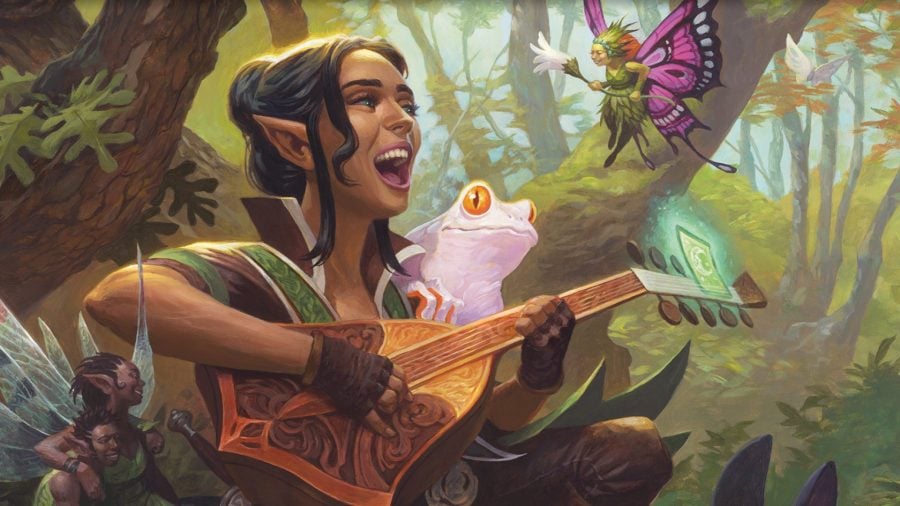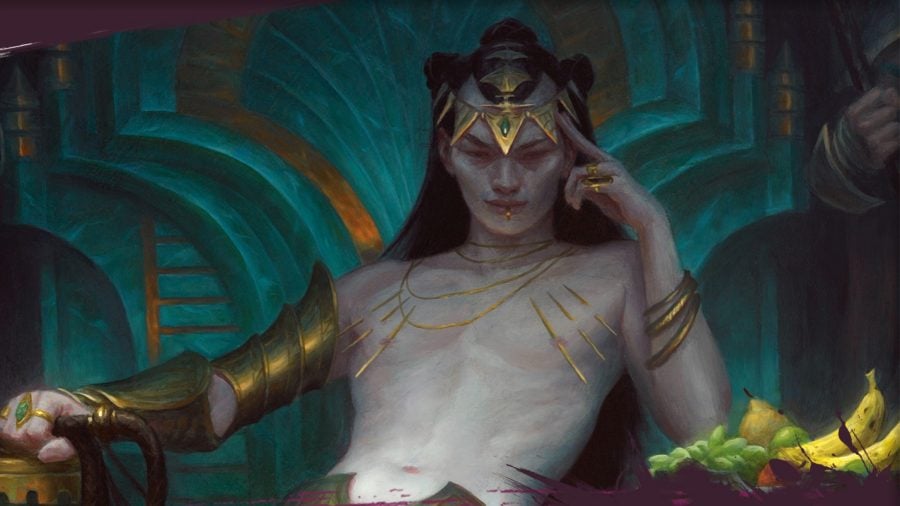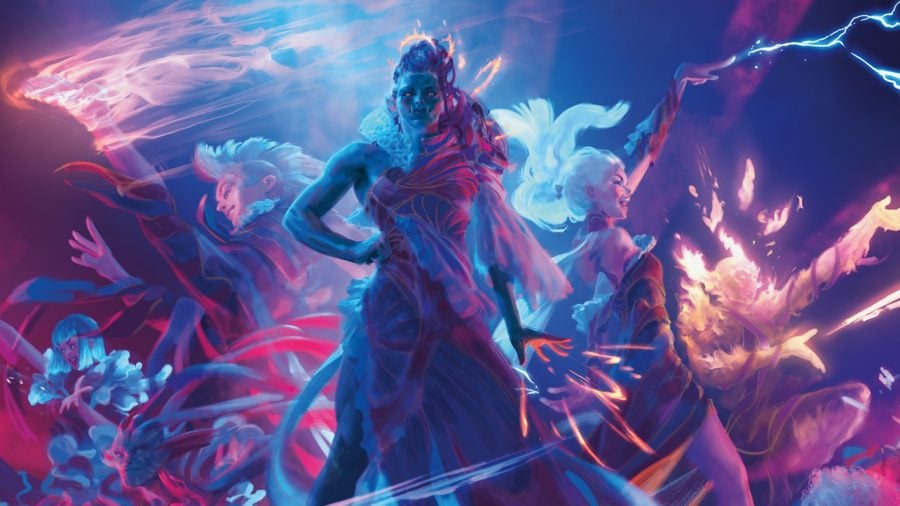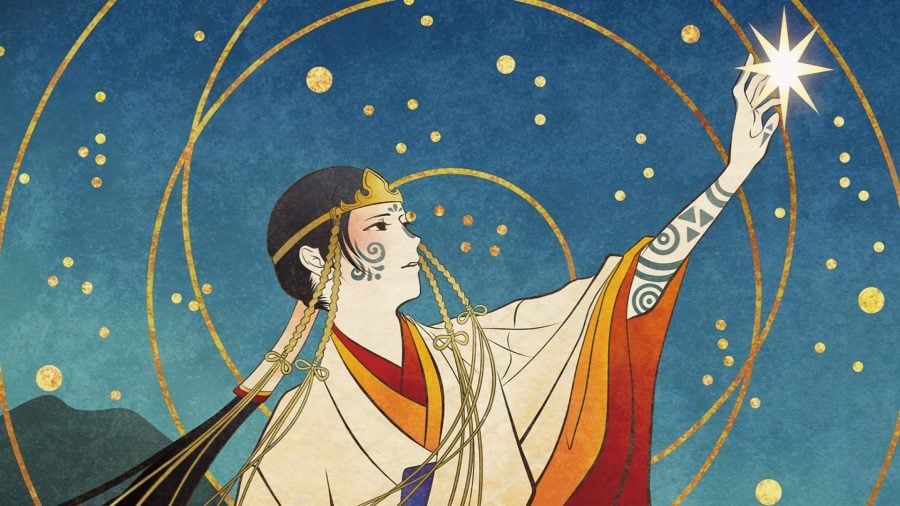If you hang around in any Magic: The Gathering community for long enough, you’ll probably hear talk of the Reserved List, either grumblings of discontent about how it’s ruining the game, or firm explanations of how vital it is. Ever since the Reserved List’s creation in 1996, it’s been a constant talking point among Magic fans, and one that gets a lot of people hot under the collar. Despite this, the Reserved List has absolutely zero impact on the vast majority of MTG players. So what exactly is it? Why does it exist? And how has it caused so much friction?
The Magic: The Gathering Reserved List is the name given to a group of 572 of the oldest cards in Magic, which Wizards of the Coast has promised it will never ever reprint. This has naturally made those cards extremely hard to get hold of, and therefore extremely expensive. And that’s intended.
To put it simply, the Reserved List exists for the benefit of those dabbling in Magic: The Gathering’s secondary market, buying and selling cards to turn a profit, and holding onto certain products in the hope they’ll accumulate value.
The Reserved List makes sure this will happen. Because Wizards assures that Reserved List MTG cards will never be reprinted, these cards will always be rare and will always be super pricey. So the Reserved List exists for this reason: to protect collectors’ investment in the game.

WHY DOES THE MTG RESERVED LIST EXIST?
Now, it might seem strange to invest in a square of fragile cardboard, or at least it may have done in the good old days before NFTs reared their horrible heads. And it might seem doubly strange that Wizards caters to these investors, deliberately creating scarcity and driving up prices in the secondary market, which the company itself cannot benefit from.
The Reserved List comes from MTG’s past, when the game was far less popular
To really have a hope of understanding why the Reserved List exists, it’s necessary to take a stroll down memory lane. See, the Reserved List has been around for most of Magic: The Gathering history. It was created in 1996, just three short years after the game was launched, and way before it became the juggernaut it is today.
Essentially, back when Magic: The Gathering was still small fry, reprints were not the everyday occurrence they are now. So when Wizards of the Coast released Chronicles in 1995, with 116 cards that were all reprints, there was furore among collectors and many players, who suddenly saw their hard-earned, expensive cards become cheap as chips.
There was such outrage that Wizards felt it had to respond and promise fewer reprints to stop fans jumping ship, and thus the Reserved List was born.

WHAT CARDS ARE ON THE MTG RESERVED LIST?
The Magic: The Gathering Reserved List contains 572 cards from the earliest sets in the game. It includes all cards from Alpha and Beta, all rares and uncommons from Arabian Nights and Antiquities, and all rares from Legends and The Dark that hadn’t already seen reprints by 1996.
Creeping power: The best Magic: The Gathering cards of 2021
Most of the cards on the list are pretty useless – no one will be crying over the loss of Pixie Queen. Power creep means most creatures from back in the day can’t stand up to modern cards. But there are a few of the most powerful MTG cards of all time on the Reserved List including Black Lotus, and a bunch of Mox – unsurprisingly, all the cards you’ll find in our most expensive Magic cards guide.

WHY IS THE MTG RESERVED LIST CONTROVERSIAL?
It’s pretty easy to understand why some people, namely MTG collectors, want the Reserved List to stick around. If you’ve spent thousands of dollars on a trading card, safe in the knowledge that it’ll always cost at least as much as you spent on it, it’s going to really hurt if overnight a reprint sends your card value plummeting.
Two conflicting groups keep the Reserved List controversy going
But it’s equally understandable why many want to be rid of it, because the Magic: The Gathering Reserved List has a wholly negative effect on the small group of players that want to actually use the cards that are in it in their games.
Formats that make use of Reserved List MTG cards, which fortunately only includes Legacy and Vintage (and Commander, but to a far lesser degree) are already prohibitively expensive. A Legacy deck will set you back thousands of dollars, and you could buy a pretty great used car instead of a Vintage deck.
Thanks to the Reserved List, there just aren’t enough of these cards to go around, and the number only dwindles as more cards get lost or damaged.

WILL THE MTG RESERVED LIST DIE OUT?
Some believe the Magic: The Gathering Reserved List is doomed. It’s clear that eventually things will come to a head and either The Reserved List or the Legacy and Vintage formats will give up the ghost. And the Reserved List is kind of a handshake deal. There’s no formal contract upholding it, so it’s not clear that the promise Wizards made to fans in the 90s could ever be a legally binding one. It probably could be scrapped, and today, the proportion of the player base who would be upset by the move is far smaller than it would’ve been in the 90s.
Paper for card: The most expensive Magic: The Gathering cards
Wizards has experimented to try and find a solution to the problem posed by the Reserved List in the past. It’s tried out loopholes such as printing foil variants of Reserved List cards or creating very similar cards that fill the same functional role as those on the list. Once, it even removed cards from the Reserved List when it was certain there was strong backing from fans to do so.
Therefore it seems more likely that, rather than killing the Reserved List off outright, the company will instead look for a new solution that attempts to make everyone happy.
Source: Wargamer




